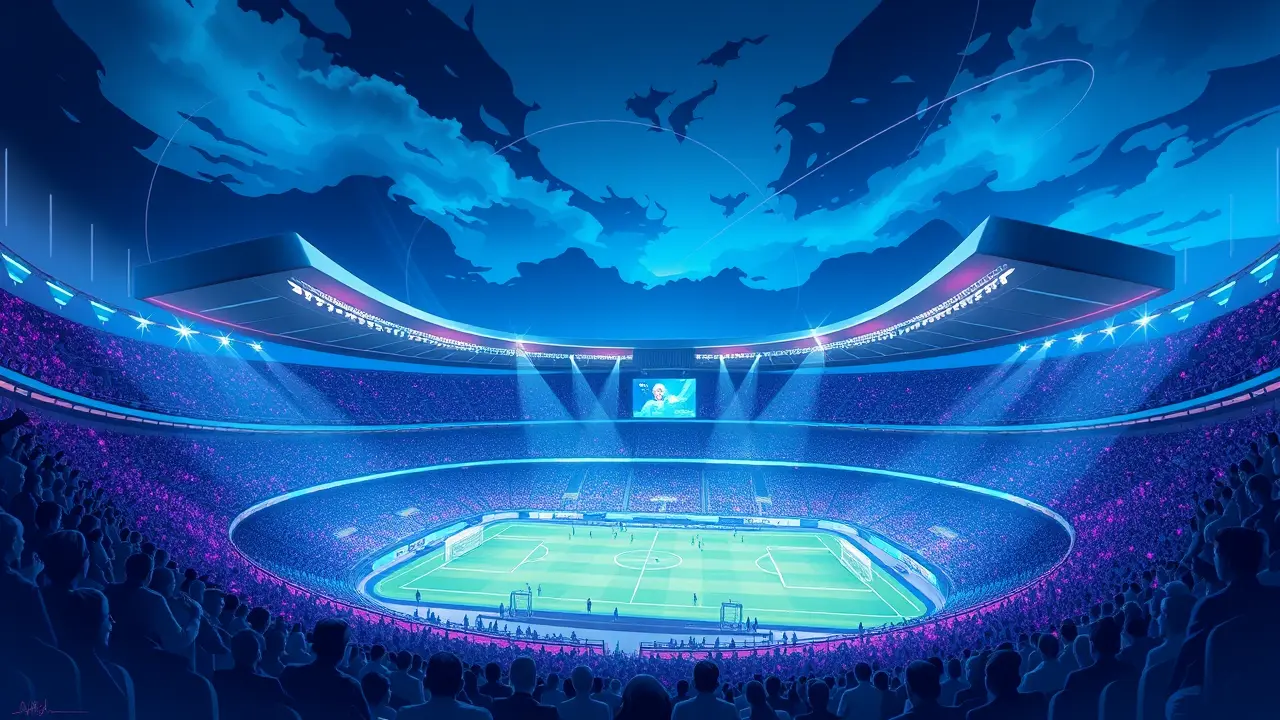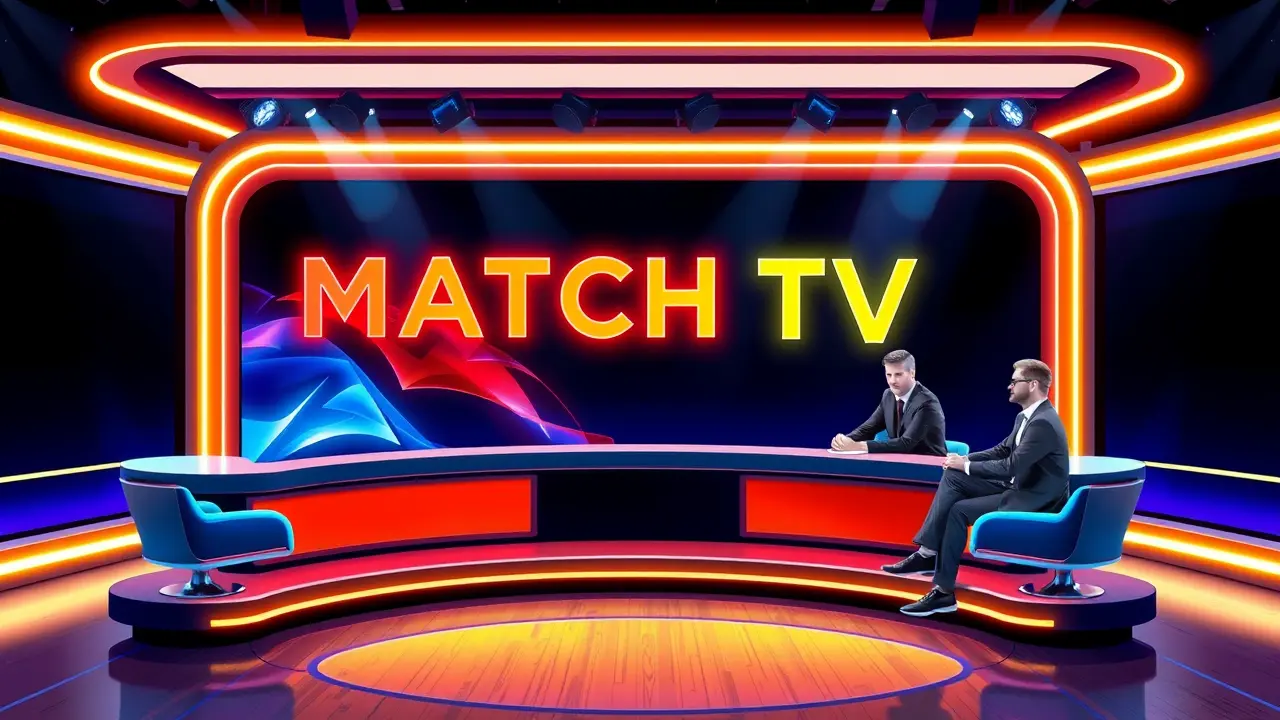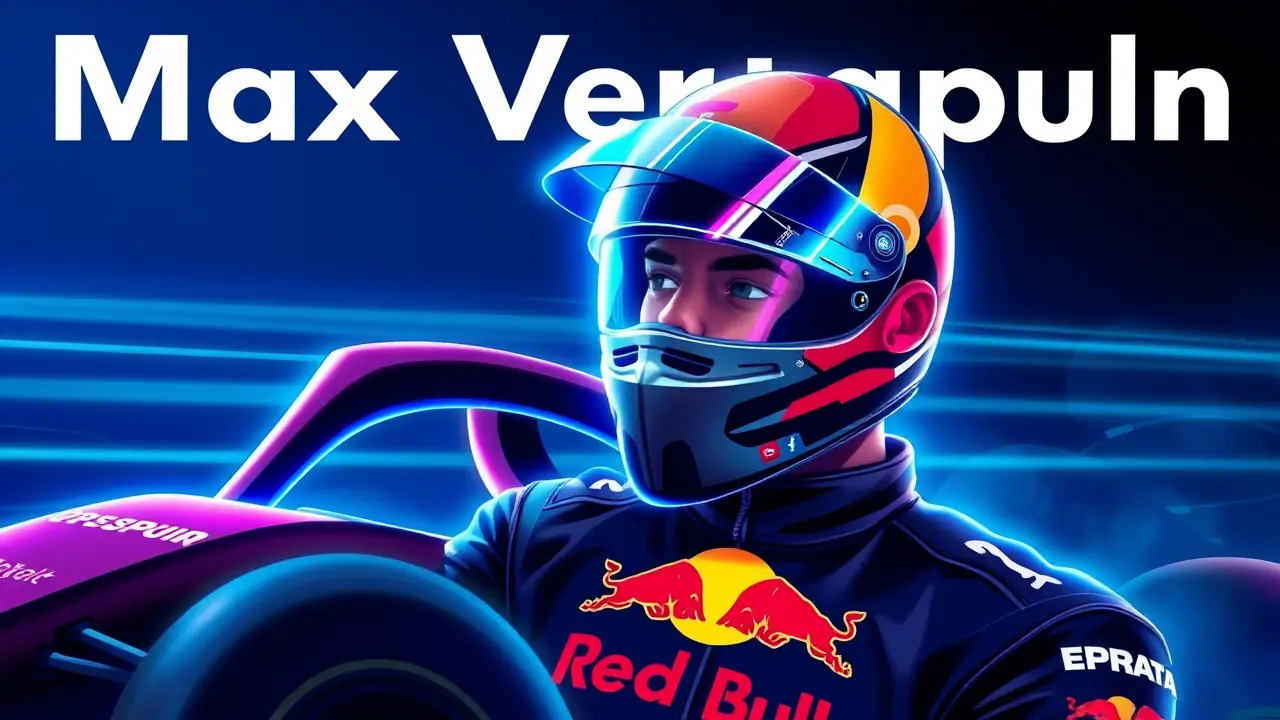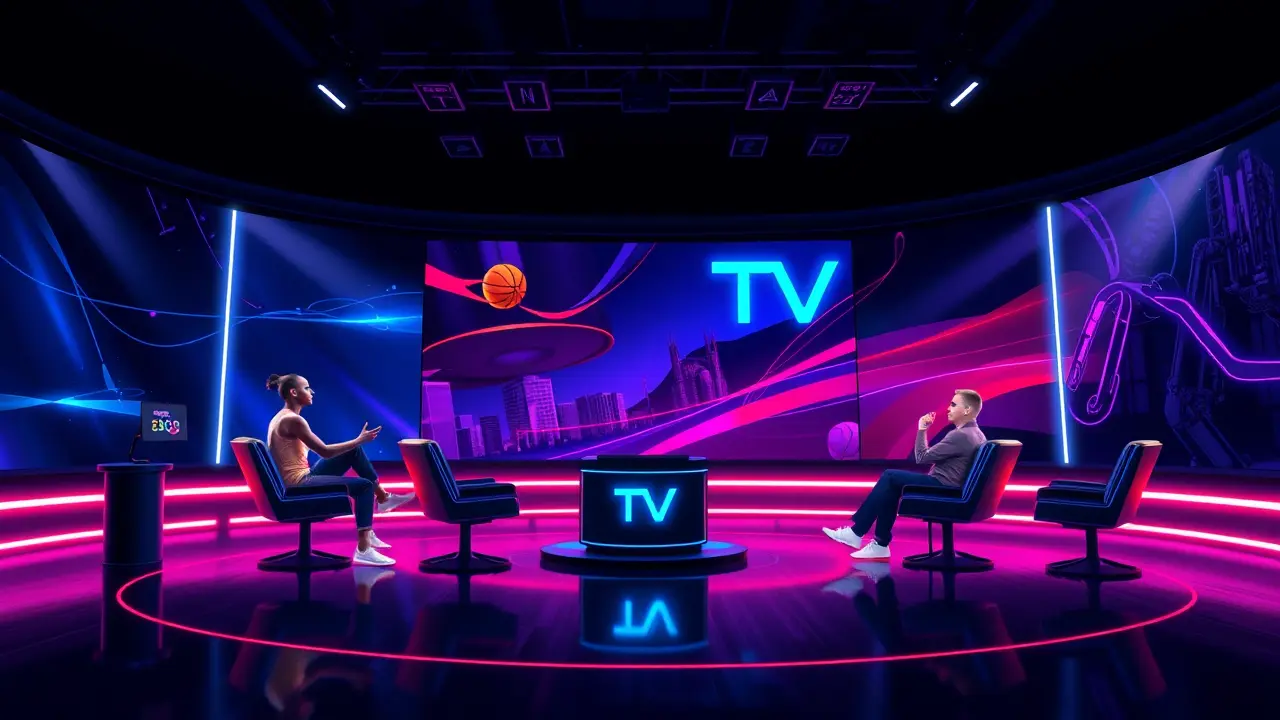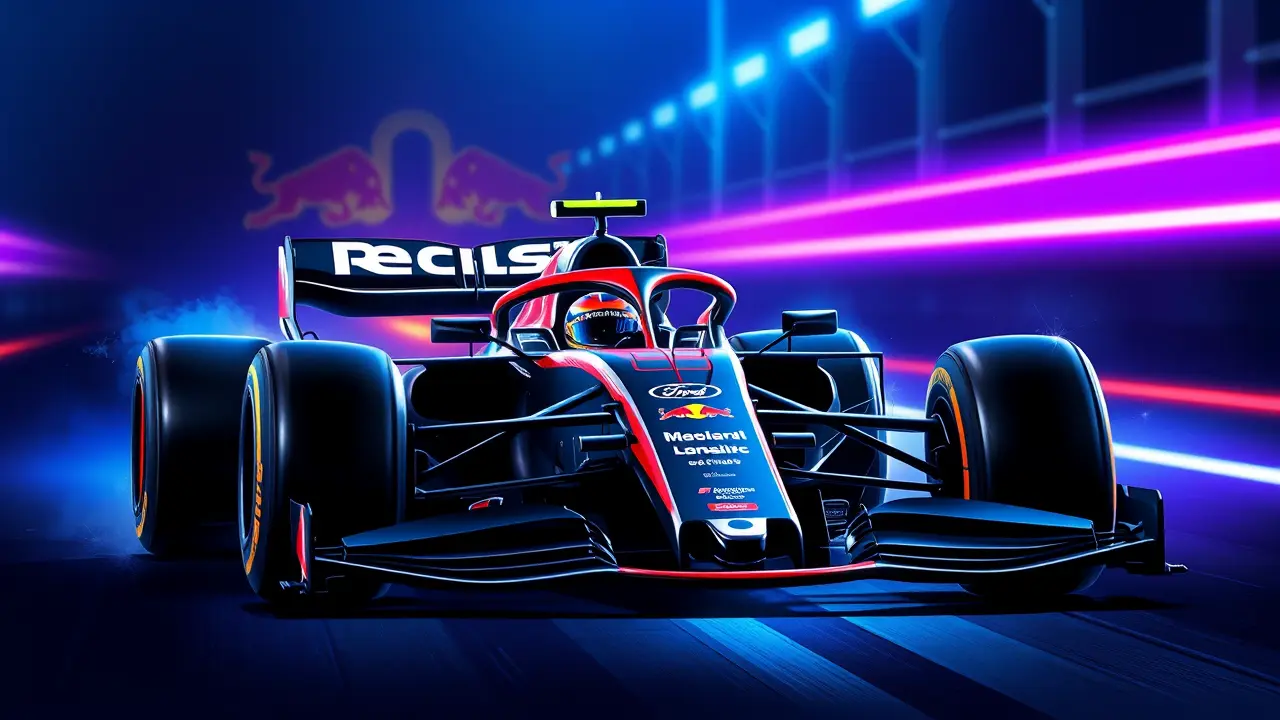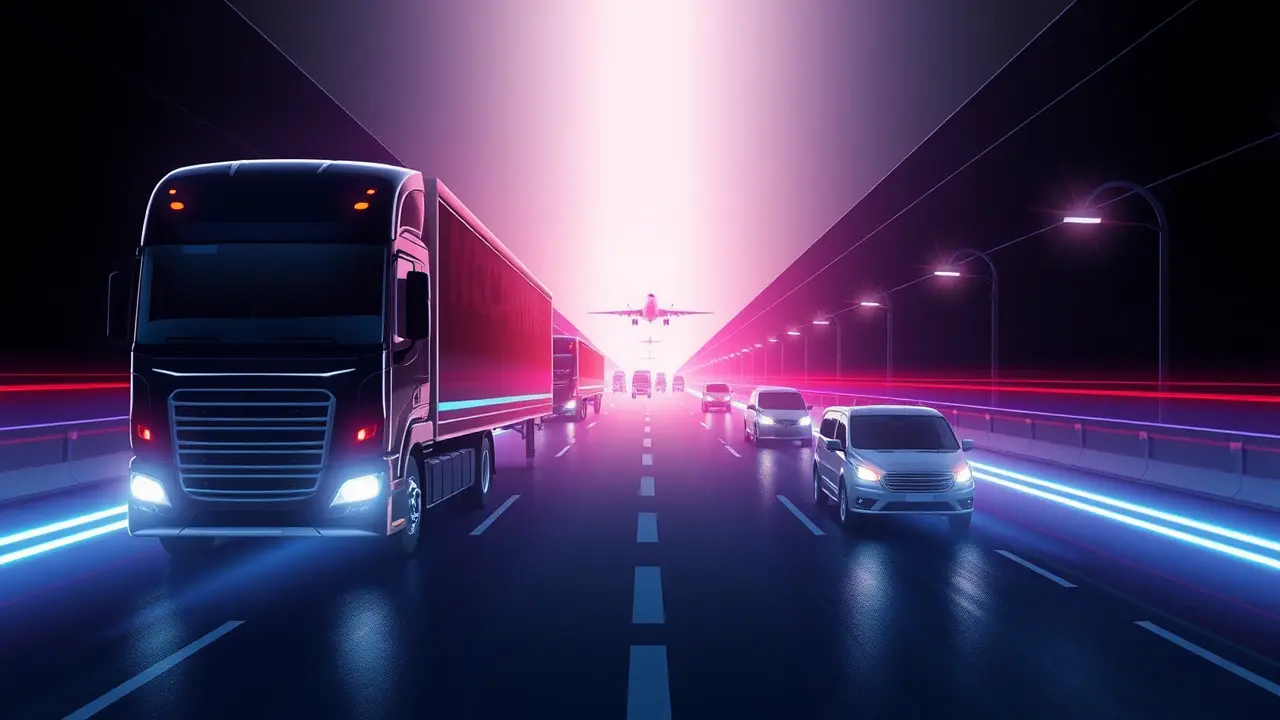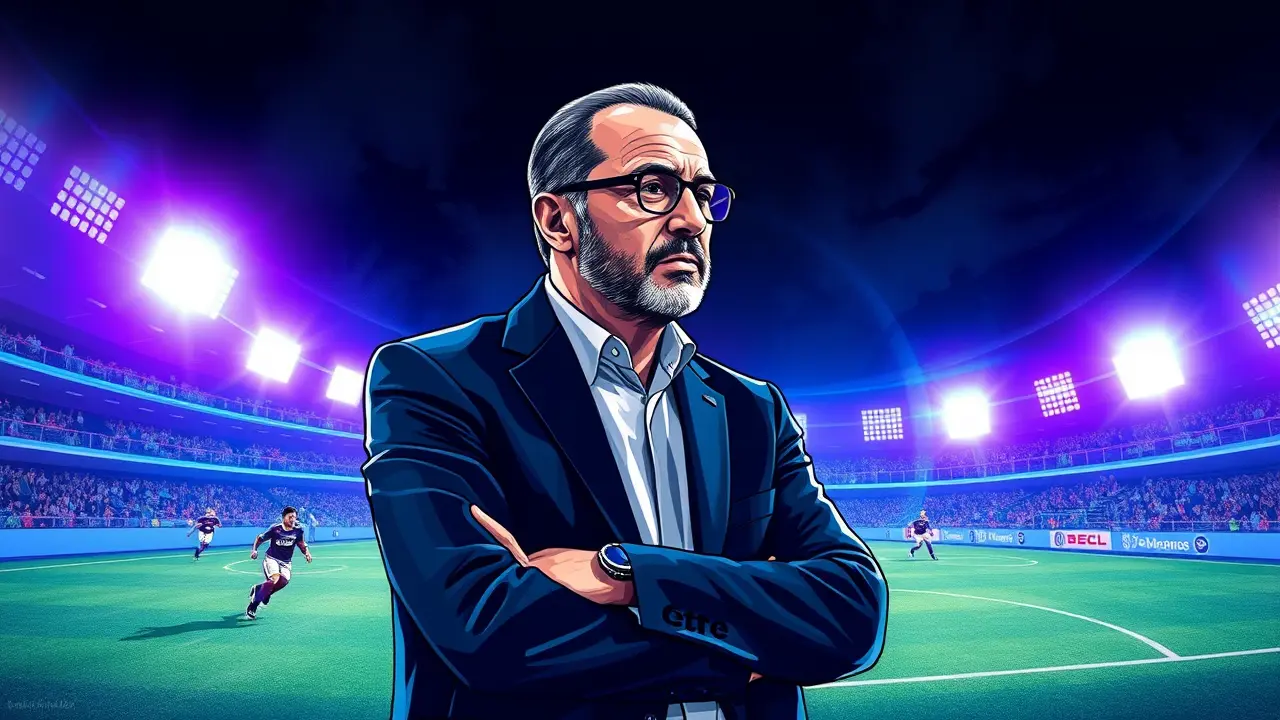
SportmotorsportFormula 1
FIA deployed VSC after fire reported on Carlos Sainz's car.
JA
Jack Turner
1 week ago7 min read4 comments
The high-octane drama of Formula 1's Mexican Grand Prix took a sudden, perilous turn on the 70th lap, forcing the Fédération Internationale de l'Automobile (FIA) to deploy the Virtual Safety Car (VSC) following a reported fire on Carlos Sainz's Williams, a decision that ultimately reshuffled the strategic deck and handed Ferrari's Charles Leclerc a crucial lifeline in his fierce battle with Red Bull's seemingly unstoppable Max Verstappen. Sainz's car, after spinning and coming to a halt in the run-off area beyond Turn 14, found itself stranded in what race control deemed a 'dangerous location,' immediately triggering a cascade of protocol assessments from the stewards' room.The situation escalated rapidly from a simple stationary vehicle to a full-blown incident when ominous plumes of smoke began to emanate from the rear of the FW45, prompting an urgent radio message to race director Niels Wittich concerning a potential fire; with marshals required to intervene on track for evacuation, the standard operating procedure for neutralizing the race was activated, not with the traditional full Safety Car that bunches the field, but with the digitally precise VSC, which mandates a delta time for all drivers to adhere to, effectively freezing the race gaps and prohibiting pit stops without catastrophic time loss. This critical intervention, while a standard safety measure, became the defining strategic moment of the Grand Prix's climax, as Leclerc, who had been fending off a charging Verstappen with the desperation of a champion, later admitted the VSC 'saved' his second-place finish, halting the Red Bull's momentum and allowing the Ferrari to maintain its track position under controlled conditions, a scenario reminiscent of the strategic gambles that decided legendary duels between Alain Prost and Ayrton Senna.The FIA's subsequent statement provided a meticulous breakdown of the event, confirming that the VSC was initiated specifically due to the need for marshal involvement in a hazardous zone and was only deactivated once Sainz's smoldering car was safely maneuvered behind the barriers, allowing the final laps to run under green flag conditions, but the narrative had already been written. This incident underscores the ever-present, fine margins in modern F1, where a single technical failure on one car can alter the destiny of another, turning a high-speed pursuit into a managed, virtual procession and demonstrating how race control's decisions from the shadows are as pivotal to the outcome as the driver's skill on the tarmac, a lesson in the complex interplay of mechanical fate, regulatory protocol, and sporting fortune that defines this elite level of motorsport.
#Formula 1
#Mexican Grand Prix
#Ferrari
#Red Bull
#Virtual Safety Car
#Carlos Sainz
#fire
#lead focus news
Stay Informed. Act Smarter.
Get weekly highlights, major headlines, and expert insights — then put your knowledge to work in our live prediction markets.
Related News
© 2025 Outpoll Service LTD. All rights reserved.



